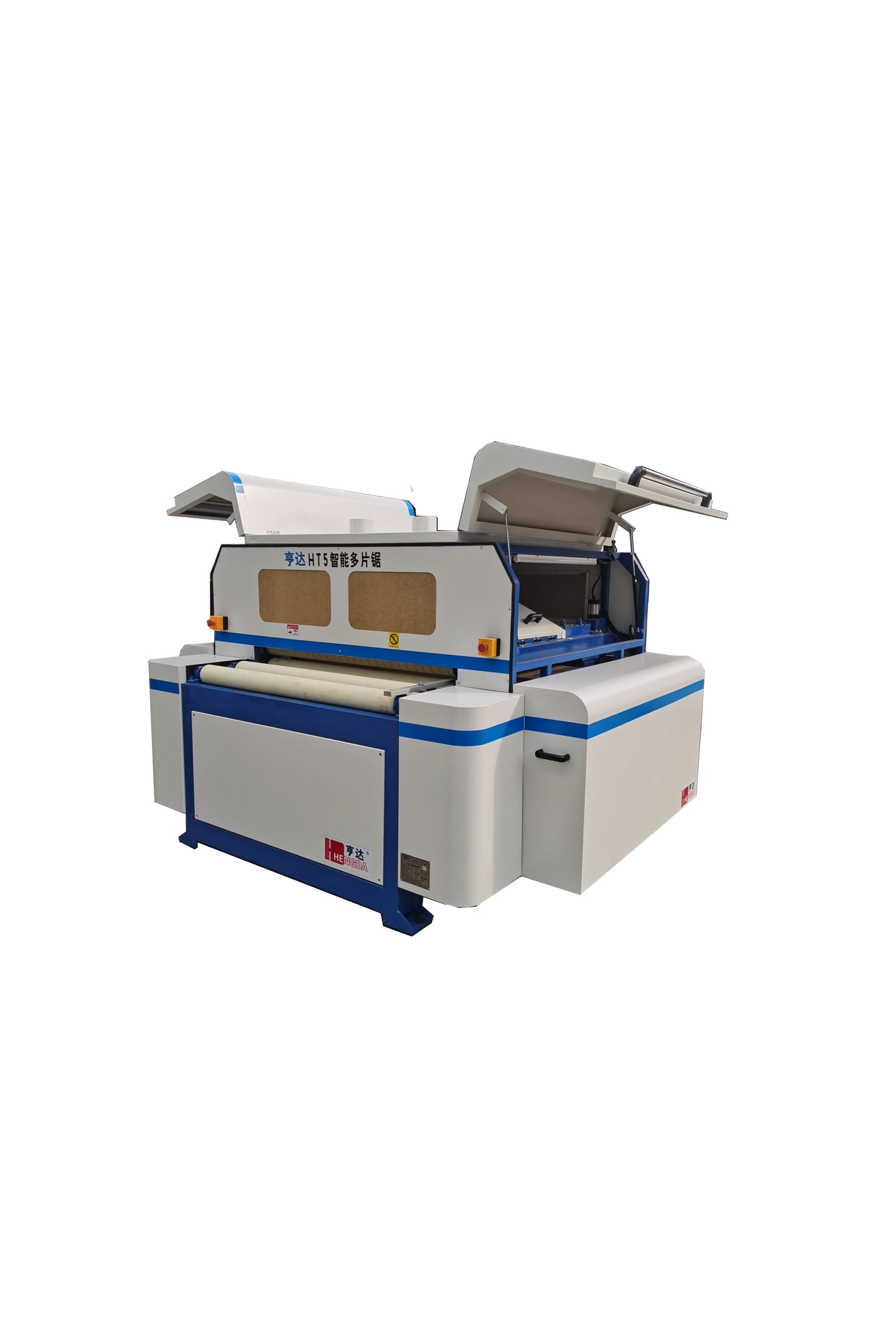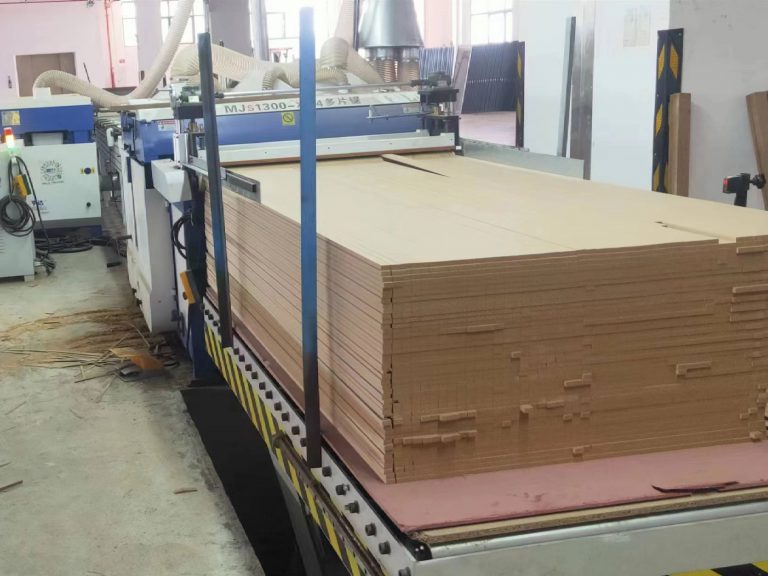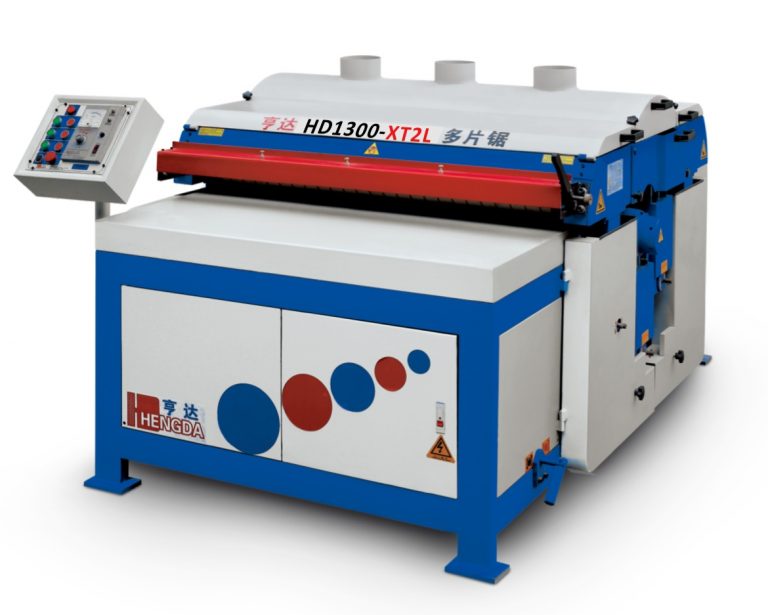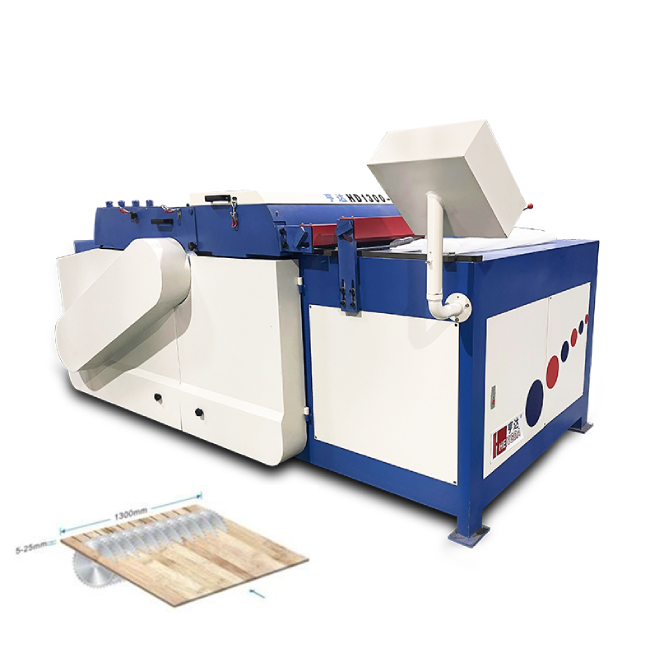
Servo-Controlled Multi Blade Saw Machine — An Innovative Technology By Hengda
In today’s woodworking industry, precision, efficiency, and automation are more than competitive advantages—they are essential for survival. As customers demand tighter tolerances and faster turnaround times, manufacturers are under pressure to upgrade their equipment. That’s where servo-controlled multi blade saw machine come into play.
Hengda, a company which invented servo-controlled multi blade rip saw machine firstly. Unlike traditional saws machine with manual or mechanical adjustments, servo-controlled saws deliver digital precision and flexibility in blade positioning, revolutionizing the way wood is cut. In this article, we’ll explore the technology behind servo-controlled multi blade saws and how they enhance accuracy, speed, and adaptability in modern wood processing environments.
Introduction of Servo Control Technology
A servo system is a closed-loop mechanism that uses feedback to control the position, speed, and torque of a motor. It typically consists of:
- A servo motor
- A drive (amplifier)
- A controller PLC
- A position feedback sensor (encoder)
In wood machinery, servo control enables high-precision movement and positioning, far beyond the capabilities of traditional mechanical motors.

Servo vs. Traditional Mechanical Adjustments
| Feature | Traditional Adjustment | Servo-Controlled System |
|---|---|---|
| Blade positioning method | Manual | Adjust by PLC touchscreen |
| Accuracy | ±1–2 mm | ±0.1 mm or better |
| Changeover time | Minutes | Seconds |
| Repeatability | Low | High |
| Flexibility | Limited | Dynamic and programmable |
How Servo Control Is Used in Multi Blade Saw Machine
- Servo motors adjust the position of cutting saw blade on the arbor to match pre-programmed cutting patterns.
- PLC control systems manage blade spacing, feed rate, and other parameters automatically.
- Changeovers between different product widths take just seconds—no manual adjustment or downtime required.
- Operators can load pre-saved patterns from the control panel, improving batch-to-batch consistency.
Benefits of Servo-Controlled Multi Blade Saw Machine
Increased Accuracy
- Millimeter or even sub-millimeter precision in blade positioning
- Improved dimensional consistency across all cut pieces
- Less deviation = better product quality, reduced customer complaints
Enhanced Efficiency
- No need to stop the machine for manual adjustments
- Faster changeovers between jobs
- Higher throughput, less idle time
Greater Flexibility
- Easily adapt to custom orders or small-batch production
- Dynamic blade spacing supports complex cutting patterns
- Reduces the need for dedicated machines for different sizes
Improved Automation
- Seamless integration into fully automated production lines
- Reduced reliance on skilled labor for setup
- Remote diagnostics and monitoring via industrial PLC interfaces
Technical Limitation of Servo-Controlled Blade Adjustment
While servo-controlled multi blade saw machine offer significant advantages—such as no need for manual spacer changes, fast recipe switching via touchscreen, and individual blade movement through servo motors—they also come with a structural limitation worth noting.
In traditional gang rip saws, blades are fixed using mechanical spacers, easily allowing for very narrow cutting widths (such as 30mm or 40mm strips) by adjusting the layout and width of the spacers. However, in servo-controlled models like Hengda MJSD-HT5, the servo mechanisms occupy space between blades, which limits how closely the blades can be positioned.
- The maximum blade-to-blade spacing is around 265mm under standard configuration.
- With custom engineering, the narrowest achievable spacing is about 190mm.
- Additionally, one reference blade is fixed (non-servo-driven) and serves as a trimming edge, ensuring consistent alignment from one side of the board.
This means that servo-controlled multi blade saws are best suited for medium to wide-width cutting patterns. If your production requires very narrow strips, a traditional gang rip saw may be more appropriate.
Parameters for the MJSD-HT5 Servo-Adjustable Multi-Blade Saw:
- Workpiece Width (mm): Max.: 1300
- Workpiece Thickness (mm): Max: 25; Min.: 5
- Minimum Processing Length: 1150 (mm)
- Processing Width (mm): 265 Custom specifications available up to 190
- Front Saw Shaft Speed: 6000m/min
- Rear Saw Shaft Speed: 6000 m/min
- Front Saw Blade Diameter: 5mm
- Rear Saw Blade Diameter: 9mm
- Front Saw Shaft Motor Power: 1.2 x 5pcs
- Rear Saw Shaft Motor Power: 6 x 5pcs
- Servo-controlled Tool Adjustment Motor: 0.75x4pcs
- Feeding Motor Power: 2.2kw
- Total Power: 41kw
- Feeding Speed: 0-30m/min
- Chip Removal Pipe Outer Diameter (mm): 40×5
- Worktable Height (mm): 1030 (±30 adjustable)
- Overall Dimension (mm): 2800x2250x1250
- Weight (kg): 2200
Conclusion
Servo-controlled multi blade saws are transforming the woodworking landscape. With unmatched precision, flexibility, and automation, they empower manufacturers to meet today’s demand for high-quality, custom-sized wood products—while staying efficient and competitive.
Ready to upgrade your saw machine?
Contact HENGDA today to learn how servo-controlled cutting technology can optimize your operation and improve your bottom line.



